Electrical and Computer Engineering



Dear Colleagues,
I hope that you are well. I invite you to explore this newsletter and our department’s website (ece.uh.edu) at your leisure to see all of the exciting things we are working on. Our excellent faculty continue to see national recognition and we are actively producing top-quality research initiatives, such as the development of a microscope that will design better high-performance batteries, developing next-gen artificial intelligence to improve medical diagnostics and more.
The past several years has no doubt been challenging, but when we come together and collaborate, we are capable of astounding advances sure to better our world for all. I look forward to partnering with you all, my esteemed colleagues.
Warm Regards,
Badri Roysam, Ph.D.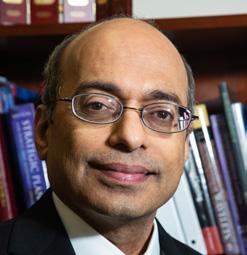 Member, ECEDHA Board of Directors
Hugh Roy and Lillie Cranz Cullen University Professor & Chair Electrical & Computer Engineering Department University of Houston
Member, ECEDHA Board of Directors
Hugh Roy and Lillie Cranz Cullen University Professor & Chair Electrical & Computer Engineering Department University of Houston
DEGREES AWARDED (FALL 2022)
114 B.S.
40 M.S.
26 Ph.D.
ENROLLMENT (FALL 2022)
805
339 UNDERGRADUATE STUDENTS GRADUATE STUDENTS
NATIONAL ACADEMY OF INVENTORS FELLOWS
CANCER PREVENTION AND RESEARCH INSTITUTE OF TEXAS MEMBER

INSTITUTE OF ELECTRICAL AND ELECTRONICS ENGINEERS FELLOWS
2 3 3 2 8 3
NATIONAL ACADEMY OF ENGINEERING MEMBERS SOCIETY FOR AUTOMOTIVE ENGINEERING FELLOWS OPTICAL SOCIETY OF AMERICA FELLOW


American Institute for Medical and Biological Engineers FELLOWS
AMERICAN ASSOCIATION FOR THE ADVANCEMENT OF SCIENCE FELLOW

10 1
1 1 1 1
AMERICAN PHYSICS SOCIETY FELLOW

1
NATIONAL SCIENCE FOUNDATION CAREER AWARDEES
ROYAL SOCIETY OF CHEMISTRY (UK) FELLOW

ELECTROCHEMICAL SOCIETY FELLOW
INTERNATIONAL SOCIETY FOR OPTICS AND PHOTONICS FELLOW
University of Houston | Cullen College of Engineering
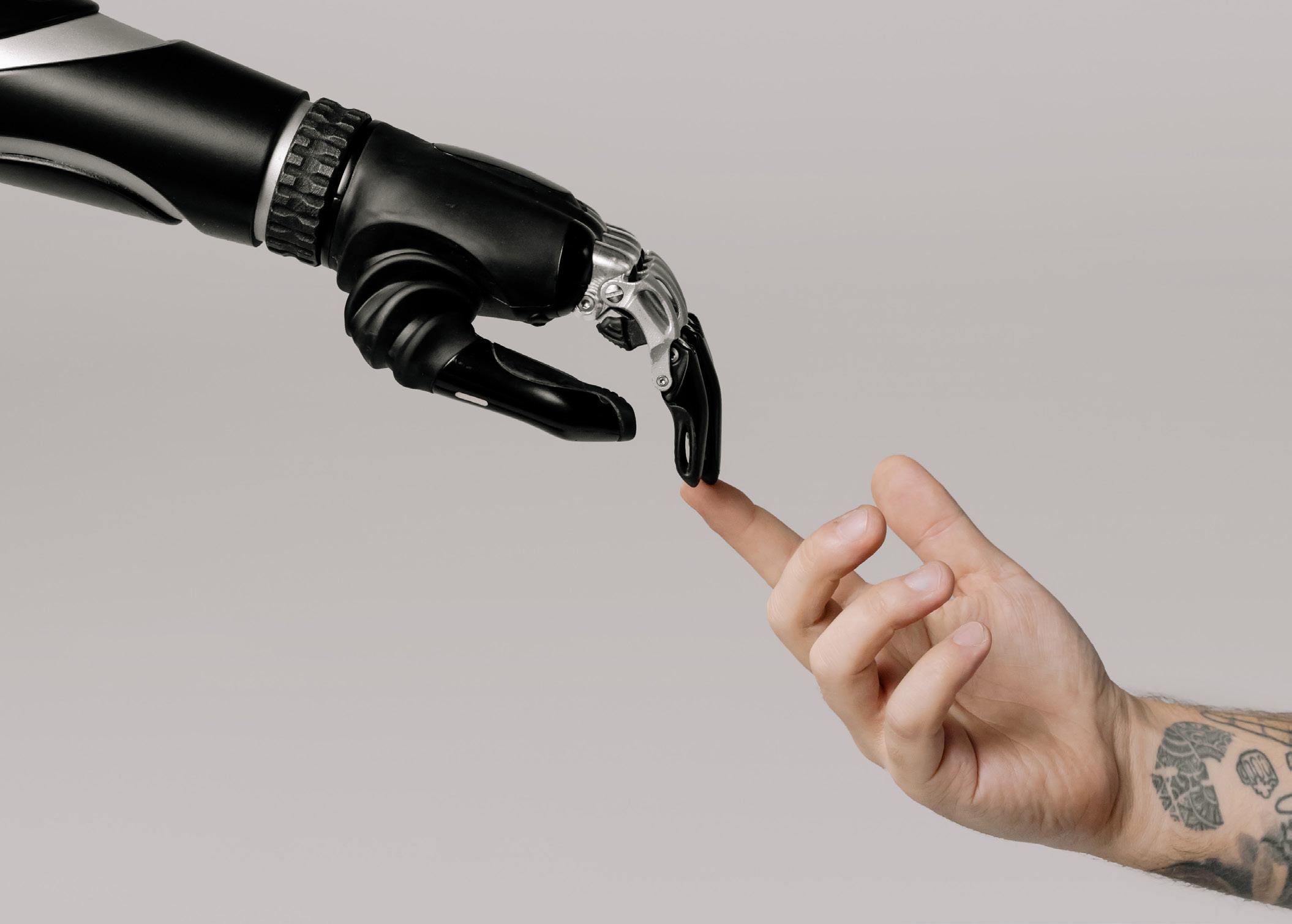
Despite the remarkable progress in artificial intelligence (AI), several studies show that AI systems do not improve radiologists’ diagnostic performance. In fact, diagnostic errors influence 40,000 to 80,000 deaths annually in U.S. hospitals. This lapse creates a pressing need: Build next-generation computer-aided diagnosis algorithms that are more interactive to fully realize the benefits of AI in improving medical diagnosis.
That’s just what Hien Van Nguyen, Associate Professor of Electrical and Computer Engineering at the University of Houston’s Cullen College of Engineering, is doing with a new $933,812 grant from the National Cancer Institute. He will focus on lung cancer diagnostics.

“Current AI systems focus on improving stand-alone performances while neglecting team interaction with radiologists,”
said Van Nguyen. “This project aims to develop a computational framework for AI to collaborate with human radiologists on medical diagnosis tasks.”
That framework uses a unique combination of eye-gaze tracking, intention reverse engineering and reinforcement learning to decide when and how an AI system should interact with radiologists.
To maximize time efficiency and minimize the amount of distraction on the clinical work, Van Nguyen is designing a user-friendly and minimally interfering interface for radiologist-AI interaction.
The project evaluates the approaches on two clinically important applications: lung nodule detection and pulmonary embolism. Lung cancer is the second most common cancer, and pulmonary embolism is the third most common cause of cardiovascular death.
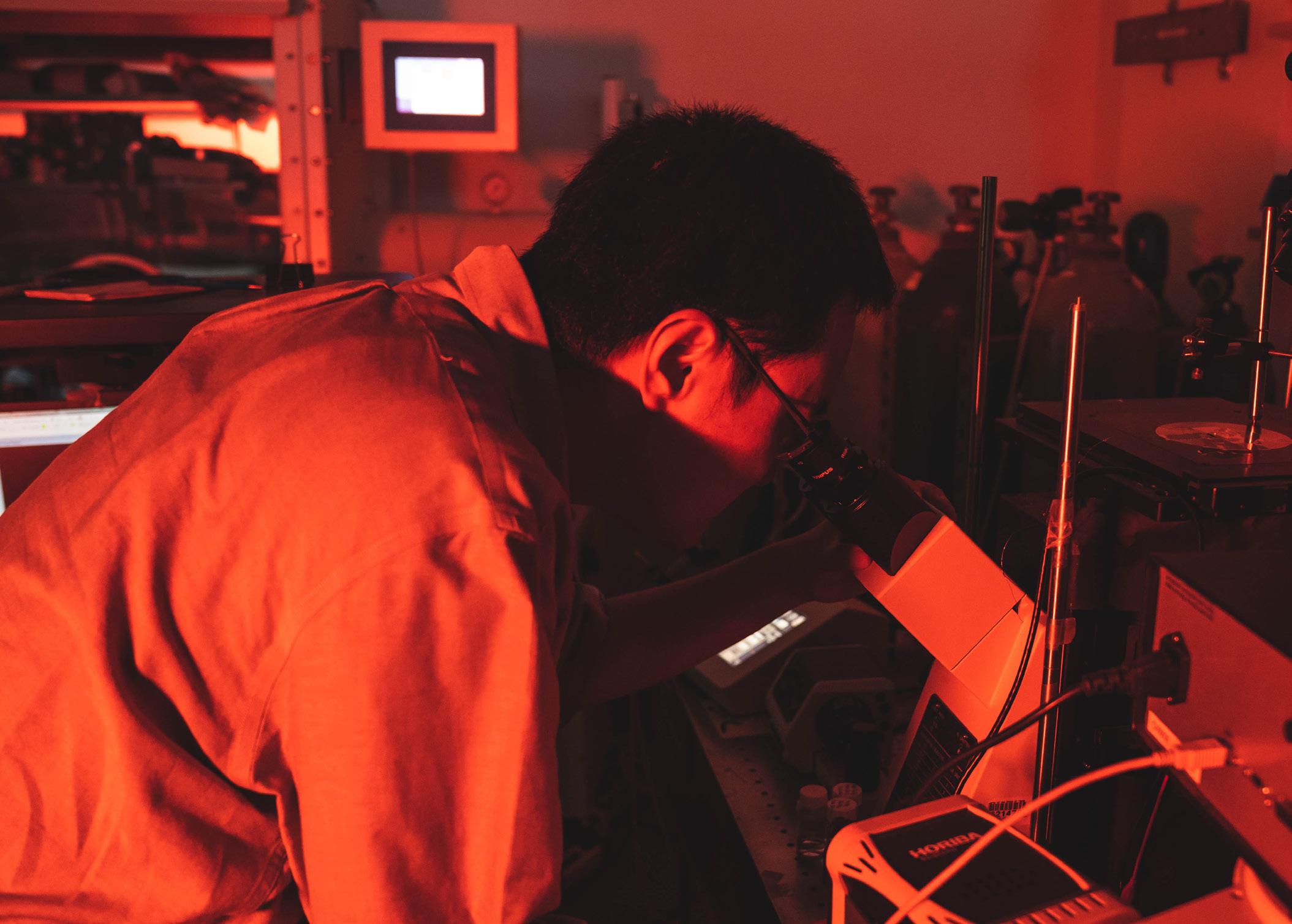
Currently, about 96 percent of global hydrogen production is obtained from hydrocarbon (e.g. by coal gasification, oil/naphtha reforming, and steam reforming of methane), and the methane reforming takes 48 percent of the total hydrogen production in the world. It is extremely important to find an efficient way to convert the methane to hydrogen with the minimized carbon footprint.
Associate professor Jiefu Chen and assistant professor Xiaonan Shan, both the Electrical and Computer Engineering Department, are the leads on the project for the University of Houston to find a more efficient way to convert the hydrocarbon, such as methane, to hydrogen using the microwave plasma.


In this project, they will design and simulate the catalyst structure, geometry, and materials to control the localized micro-plasma generation and therefore improve the microwave heating efficiency and boost the methane pyrolysis conversion rate and selectivity. The total funding for the project is about $400,000, with the UH portion of the grant totaling about $190,000.


Jiming Bao and Zhu Han
 Pictured left to right:
Pictured left to right:
UH ECE Professors Jiming Bao and Zhu Han, are among the world’s elite researchers for their significant and broad influence of their scientific work. The annual Clarivate list of Highly Cited Researchers includes global research and social scientists whose published academic papers rank in the top 1% of citations for field and publication year.
Jiming Bao has been cited 15,656 times and has an H-Index of 58. His work covers nanomaterials, biomedical sensing and therapeutics, energy harvesting and storage, optoelectronics and photonics. Zhu Han has been cited 31,085 times and has an H-Index of 83. He researches wireless resource allocation and management, wireless communications and networking, game theory, big data analysis, machine learning, security, quantum computing, carbon neutralization and smart grid technology.


NAMED FELLOW OF THE
NATIONAL ACADEMY OF INVENTORS (NAI) 2022
ELECTRICAL AND COMPUTER ENGINEERING

A University of Houston professor in the Department of Electrical Engineering has been named a Fellow of the National Academy of Inventors.
Hao Huang, Distinguished Adjunct Professor of Electrical and Computer Engineering, will be inducted during the academy’s annual meeting in June. Election to NAI Fellow is the highest professional distinction accorded solely to academic inventors.
Huang, a member of the National Academy of Engineering, was recruited to UH in 2021 after almost three decades of experience in the aviation industry, mostly at General Electric, and 80 patents related to electrification.
Huang was elected to the National Academy of Engineering (NAE) in February 2021. Huang is also a Fellow of the Institute of Electrical and Electronics Engineers (IEEE) and the Society of Automotive and Aerospace Engineers (SAE). Huang was also the winner of 2019 IEEE Transportation Technologies Award.
See a full list of fellows online:

The 2022 class of Fellows will be honored and presented their medals at the 12th Annual Meeting of the National Academy of Inventors June 27 in Washington, D.C. For more information, click below.
www.academyofinventors.org/annual-meeting/
 Pictured: Harish Krishnamoorthy
Pictured: Harish Krishnamoorthy
Harish Krishnamoorthy, assistant professor of Electrical and Computer Engineering at the University of Houston, has been selected by the Gulf Research Program (GRP) of the National Academies of Sciences, Engineering and Medicine as an early-career research fellow in the Offshore Energy Safety track. He and four other fellows will “contribute to the understanding, management and reduction of systemic risk in offshore energy activities.”
He is the first UH professor to win this GRP early-career research fellowship. “I am happy and honored to be the first one, but hopefully there will be a lot more in the coming years,” Krishnamoorthy said.
With expertise in power electronics, power converters and offshore technologies, Krishnamoorthy was recognized as an “OTC Emerging Leader” at the 2022 Offshore Technology Conference for “contributions to promoting workforce development in offshore with a strong focus on enhancing the safety and reliability of the electrical power systems and equipment, as well as reducing the carbon emissions.”
His research interests include high-density power conversion for grid interface of energy systems, machine learning-based methods for improvement in quality and reliability of power electronics, advanced electronics and control for mission-critical applications.

Pictured: The first time experimentally discovered that a cubic boron arsenide crystal offers high carrier mobility for both electrons and holes, suggesting a major advance for next-generation electronics.

Researchers have for the first time experimentally discovered that a cubic boron arsenide crystal offers high carrier mobility for both electrons and holes – the two ways in which a charge is carried in a semiconducting material – suggesting a major advance for next-generation electronics. While earlier predictions had theorized that the crystal could exhibit simultaneously high electron and hole mobility, one of two papers published July 22 in the journal Science shows that researchers were able to experimentally validate the high carrier mobility at room temperature, expanding its potential use in commercial applications. Researchers from across the United States, including the University of Houston, the Massachusetts Institute of Technology, the University of Texas at Austin and Boston College, were involved in the work. One of the principal investigators for this work is Jiming Bao, a professor of electrical and computer engineering at UH.

A University of Houston research team, in collaboration with researchers from the Pacific Northwest National Laboratory and the U.S. Army Research Laboratory, has developed an operando reflection interference microscope (RIM) that provides a better understanding of how batteries work, which has significant implications for the next generation of batteries.
The highly sensitive microscope allows researchers to study the SEI layer, which is an extremely thin and fragile layer on the battery electrode surface that determines battery performance. Its chemical composition and morphology are continuously changing – making it a challenge to study.
“We have achieved real-time visualization of solid electrolyte interphase (SEI) dynamics for the first time,” said Xiaonan Shan, an Assistant Professor in the Electrical and Computer Engineering Department at UH’s Cullen College of Engineering and corresponding author of a study published in the journal Nature Nanotechnology. “This provides key insight into the rational design of interphases, a battery component that has been the least understood and most challenging barrier to developing electrolytes for future batteries.”

“A dynamic, non-invasive and high sensitivity operando imaging tool is required to understand the formation and evolution of SEI. Such a technique capable of direct probing SEI has been rare and highly desirable,” said Yan Yao, the Hugh Roy and Lillie Cranz Cullen Distinguished Professor of electrical and computer engineering and a co-corresponding author who has worked with Shan on this project for the last four years.
“We have now demonstrated that RIM is the first of its kind to provide critical insight into the working mechanism of the SEI layer and help design better high-performance batteries,” said Yao, who is also the principal investigator of the Texas Center for Superconductivity at UH.

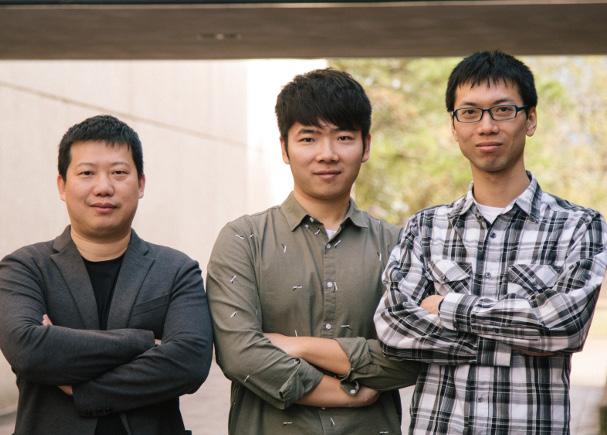 Pictured: Yan Yao [left], along with Hui Dong [middle] and Yanliang Leonard Liang [right].
Pictured: Yan Yao [left], along with Hui Dong [middle] and Yanliang Leonard Liang [right].

Two top battery experts at the University of Houston contend that the gold-standard lithium-ion battery is about to get some competition. They are betting on humble aqueous batteries – with water-based electrolytes – generally regarded as safe, reliable and affordable.
“The idea is to develop advanced aqueous batteries that can combine better safety and higher voltage,” said Yan Yao, Hugh Roy and Lillie Cranz Cullen Distinguished Professor of Electrical and Computer Engineering and principal investigator at the Texas Center for Superconductivity at the University of Houston. Yao has been leading research on energy storage materials and devices for about a decade now. His team is on a mission to create better safer and less expensive batteries.
“Our review is extensive in scope because we wanted to paint a big picture on the landscape of aqueous batteries,” Liang said. “If we don’t understand the overall picture, we can’t know where the next opportunity will be.”
Yao, and Yanliang “Leonard” Liang, research assistant professor of electrical and computer engineering, were recently invited by Nature Reviews Materials, a high-impact academic journal, to review the evolution of rechargeable aqueous batteries. “Designing modern aqueous batteries” highlights key breakthroughs over the last decade and provides guidance and direction for new research.
The University of Houston Cullen College of Engineering addresses key challenges in energy, healthcare, infrastructure, and the environment by conducting cuttingedge research and graduating hundreds of world-class engineers each year. With research expenditures topping $40 million and increasing each year, we continue to follow our tradition of excellence in spearheading research that has a real, direct impact in the Houston region and beyond.

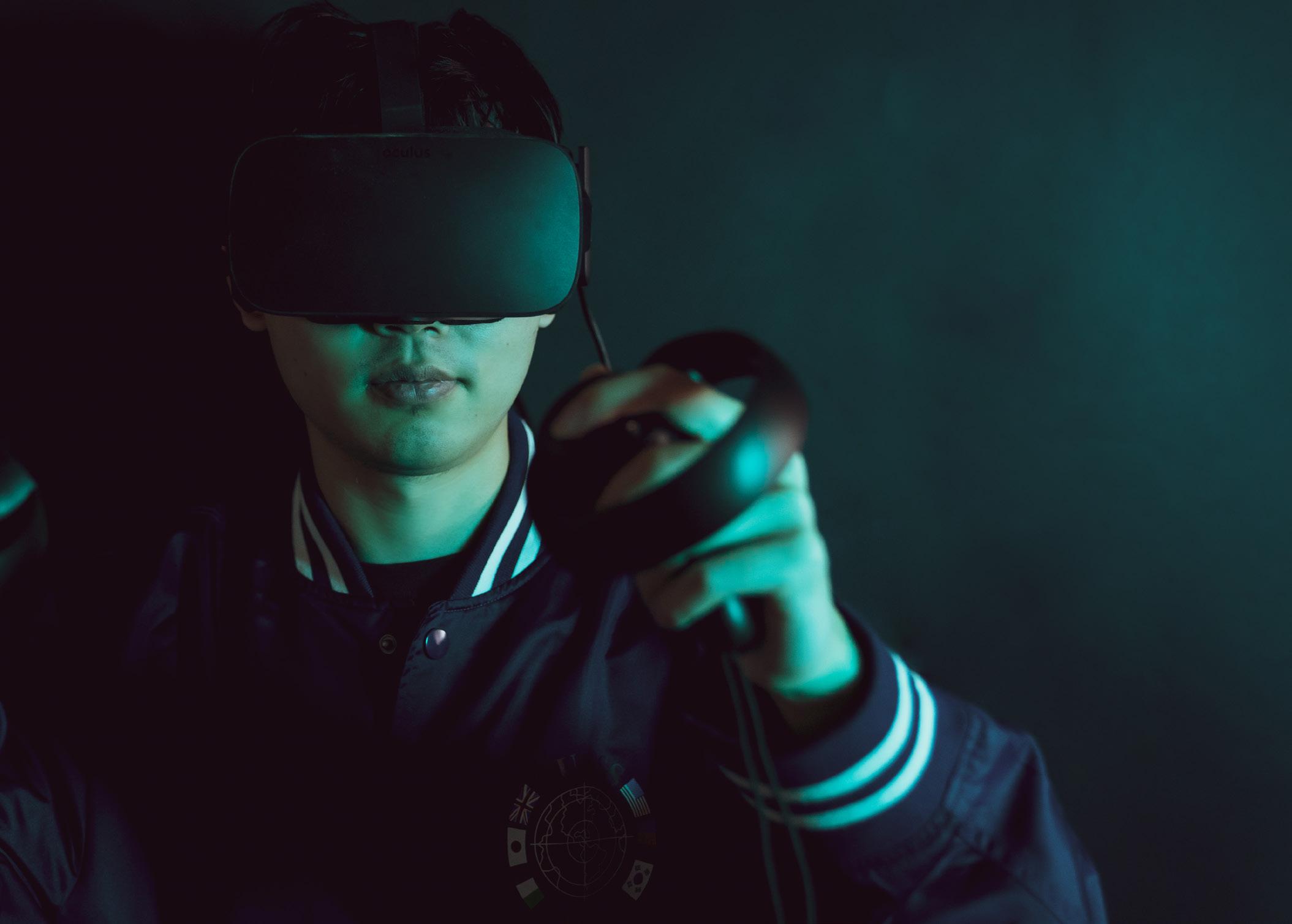
UH Cullen College of Engineering
Department of Electrical & Computer Engineering
Engineering Building 1, Room N308
4226 Martin Luther King Boulevard
Houston, TX 77204-4005
@UHEngineering